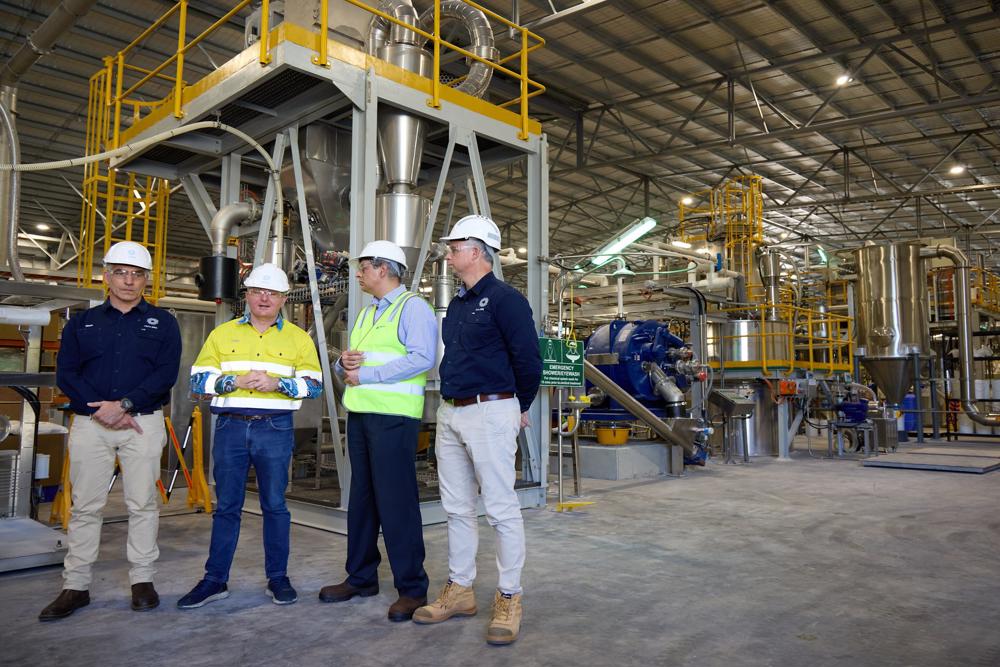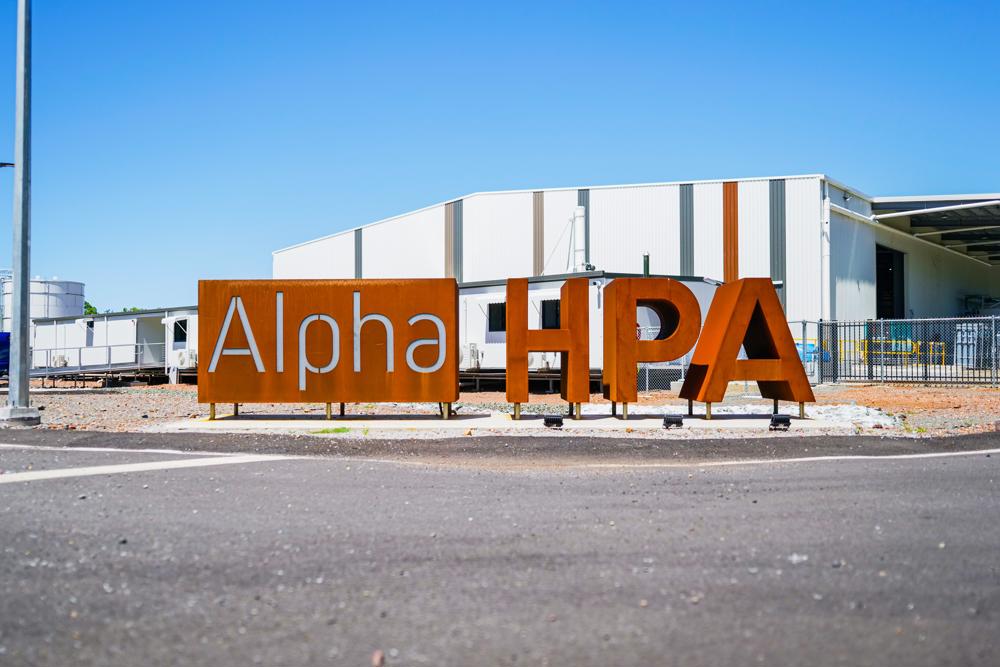
Alpha HPA has begun site establishment for its Gladstone-based project, set to become one of the world’s largest single-site ultra-high-purity alumina refineries.
Managing Director Rimas Kairaitis announced that key earthworks and civil contractors have mobilised equipment and started preliminary activities.
The company has secured substantial financial backing for the project, including:
- $400 million government debt facility for Stage Two development
- $180 million raised in equity, with strong support from 5 per cent shareholder Orica
Construction of the Stage Two facility is expected to take approximately two years, with the first production anticipated in the second half of 2026.
Alpha HPA reports a significant uptick in end-user engagement, particularly within the semiconductor industry.
A recent marketing visit to Japan has further bolstered interest in high-end thermal interface materials for the semiconductor sector.
The company’s UltraCoat process has demonstrated promising safety benefits for lithium-ion batteries.
Flame testing confirmed that aluminium Li-ion cell casings treated with the UltraCoat process can withstand thermal runaway conditions of over 1000 degrees Celsius for more than nine minutes, compared to less than 15 seconds for uncoated casings.
Alpha HPA’s downstream Alpha Sapphire business continues to advance, with successful growth cycles of high-quality synthetic sapphire boules.
These boules are being processed into wafers for qualification by LED and semiconductor end-users.
Upon completion, the 10-hectare Stage Two facility will:
- Produce 10,000 tonnes of high-purity aluminium products annually
- Create 120 ongoing local jobs
- Generate 300 jobs during construction
Alpha HPA’s proprietary technology enables the production of cost-competitive, low-carbon, ultra-high purity aluminium materials, leveraging Gladstone’s existing industrial infrastructure.
As the project progresses, Alpha HPA is positioning itself as a key player in supplying high-purity materials for advanced technologies in the semiconductor, lithium-ion battery, and LED lighting sectors.










